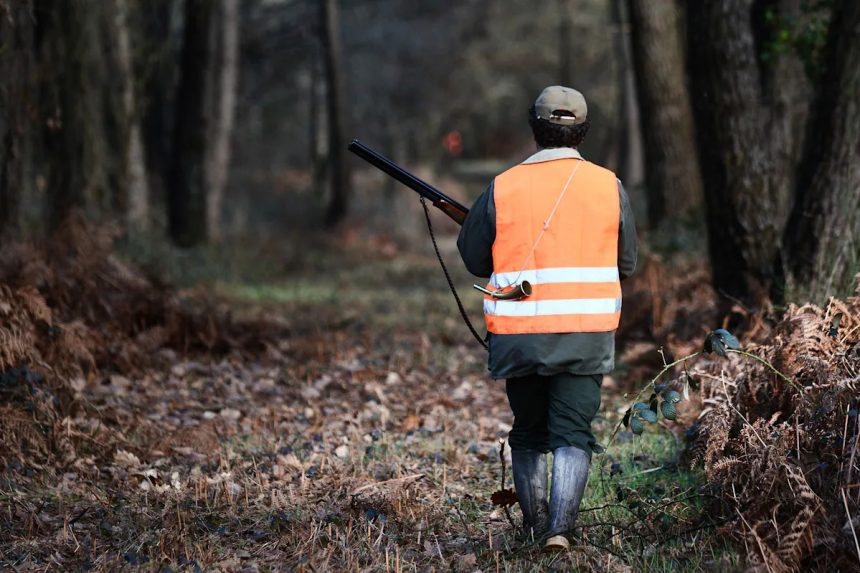During the first four days of bow-hunting season, beginning Sept. 27, archers checked 5,333 whitetails statewide. That topped last year’s count of 4,287 taken during the initial reporting period by 1,046, a hefty jump of almost 25%.
Granted, a small and early sample offers few indicators and no conclusions about a season that draws wide participation and won’t conclude for months.
Weather, favorable or inclement, on key hunting dates can have measurable impacts on season totals.
One sampling a little hard to overlook in the Ohio Division of Wildlife’s inaugural deer harvest report involved the numbers reported in Washington, Meigs and Athens counties, the epicenter of a raging outbreak of lethal deer disease.
THE GREAT OUTDOORS: More on Ohio hunting and fishing
All three counties are longstanding deer enclaves in a part of the state where hunting still plays a significant role in community life. This year, though, epizootic hemorrhagic disease (EHD) eradicated whitetails in an epidemic even the wildlife division has described as unprecedented.
EHD outbreaks, spread by the bite of midges carrying the virus, are sporadic, though fairly common, in Ohio. The intensity of this three-county outbreak, though, was – in the reckoning of some residents – something akin to a wipeout.
Further, surviving deer will die until cold weather takes care of the midges.
Residents fearful about the disappearance of deer on their land appealed to the wildlife division to cut the season limit, mostly to save does that will carry next year’s fawns. The division agreed to cut the limit from three to two in the three counties, but that change won’t go into effect until Dec. 1.
Between the start of the archery season and the opening of gun week, a three-deer limit remains. In short, any effort to save deer, and especially does, during the first two months of the season would be voluntarily chosen and not legally imposed.
Ohio hunters checked 5,333 whitetail statewide in the early part of the deer-hunting season, an increase of almost 25% from last year, but the story in three counties affected by EHD is different.
And here’s what happened during the first four days:
• Washington County – nine deer checked, six antlered and three antlerless. The 2024 count was 59, including 32 antlered and 27 antlerless.
• Athens County – 22 deer checked, 13 antlered and nine antlerless. The 2024 count was 67, including 31 antlered and 36 antlerless.
• Meigs County – 22 deer checked, 12 antlered and 10 antlerless. The 2024 count was 86, including 49 antlered and 37 antlerless.
Those huge decreases suggest many whitetails in the three counties have already departed from disease. Not to be ignored, though, is the possibility that hunters have chosen to go lightly.
In each county, moreover, the number of does checked was even more meager than the number of bucks. That could be a product of hunter discretion, or it could be happenstance.
In any case, it bucked a trend. Statewide, the take of antlerless deer easily surpassed the antlered take, 3,425 to 1,908. A year ago, bowhunters checked slightly more antlered deer by season’s end.
Parting shots
Ohio’s fall turkey season opened Oct. 1 and runs through Oct. 26 in 70 counties, including Delaware, Franklin, Licking and Fairfield. The limit is a single bird of either sex. … A three-day early gun season for whitetails runs Oct. 11-13 in the Deer Surveillance Area, which covers all of Marion, Hardin and Wyandot counties, along with select townships in surrounding counties that include Marlboro, Oxford and Troy in Delaware County as well as Claibourne and Jackson in Union County. Deer taken Oct. 11-12 must be submitted for testing of chronic wasting disease.
This article originally appeared on The Columbus Dispatch: EHD outbreak spreads, hunters in 3 Ohio counties protect deer









